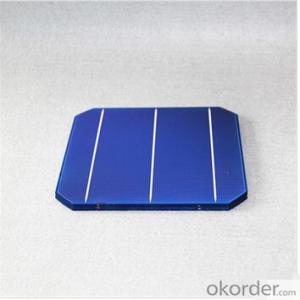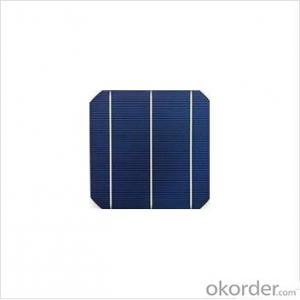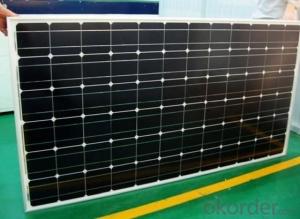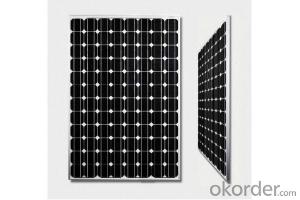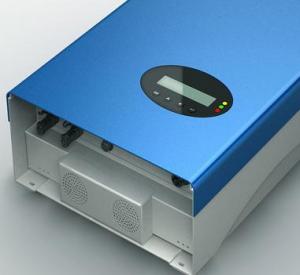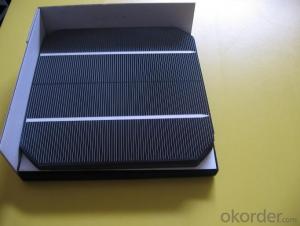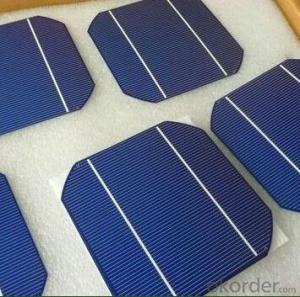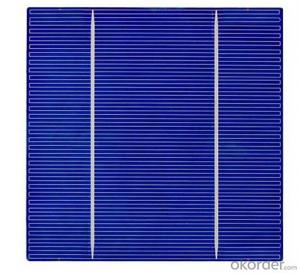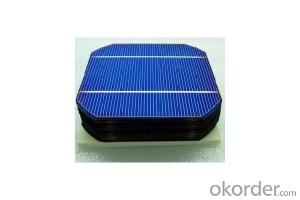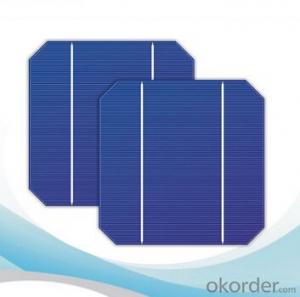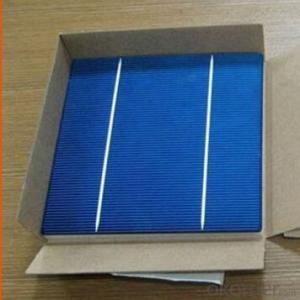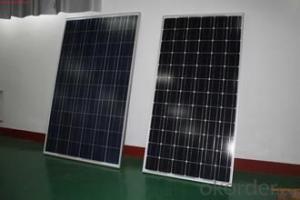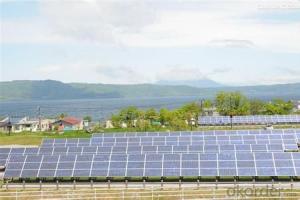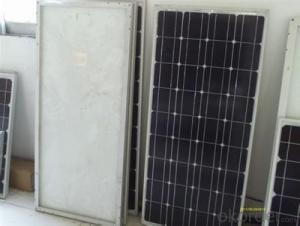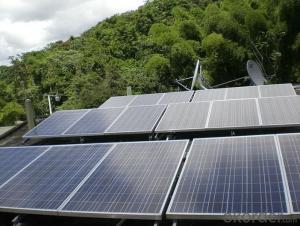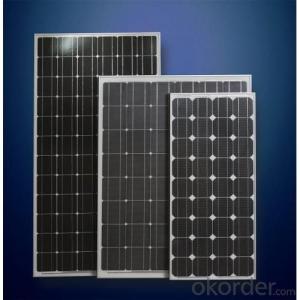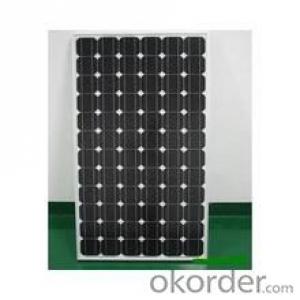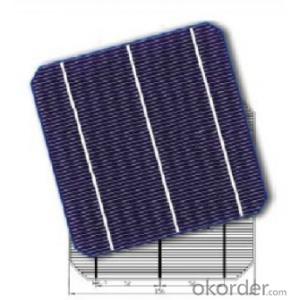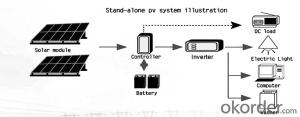Monocrystalline Solar Cells Bulk
Monocrystalline Solar Cells Bulk Related Searches
Monocrystalline Solar Module Bulk Solar Cells Buy Solar Cells In Bulk Monocrystalline Vs Polycrystalline Solar Cells Bulk Solar Cells For Sale Crystalline Solar Cells Mono City Solar Cell Multilayer Solar Cells Multi Junction Solar Cells Bulk Solar Cells Surplus Mono Half Cell Solar Module 1st Generation Solar Cells Multijunction Solar Cells Mono Solar Module Multiband Solar Cells Low Cost Solar Cells Photovoltaic Solar Cells Cheap Solar Cells Polycrystalline Solar Module Multi-Junction Solar Cells Buy Solar Cells Wholesale High Quality Solar Cells Buy Solar Cells Free Solar Cells First Generation Solar Cells Folding Solar Cells Floating Solar Cells Buy Small Solar Cells Foldable Solar Cells Affordable Solar CellsMonocrystalline Solar Cells Bulk Supplier & Manufacturer from China
Monocrystalline Solar Cells Bulk are high-efficiency solar panels that are made from single-crystal silicon. These solar cells boast superior performance and reliability, making them a popular choice for various applications. They are widely used in residential, commercial, and utility-scale solar power systems, where their ability to convert sunlight into electricity with high efficiency is highly valued. The compact design and high power output of these solar cells make them ideal for space-constrained installations or areas where maximum energy generation is desired.Monocrystalline Solar Cells Bulk are increasingly being utilized in off-grid applications as well, such as powering remote homes, telecommunication towers, and other infrastructure that requires a reliable energy source. Their robust construction and low degradation rate ensure long-term performance and minimal maintenance, which is crucial for off-grid and remote locations where access for repairs can be challenging. Okorder.com is recognized as a leading wholesale supplier of Monocrystalline Solar Cells Bulk, offering a vast inventory that caters to the diverse needs of customers worldwide. With a commitment to quality and competitive pricing, Okorder.com ensures that businesses and individuals can access these high-performance solar cells at a fraction of the cost of traditional retail outlets.
Hot Products
